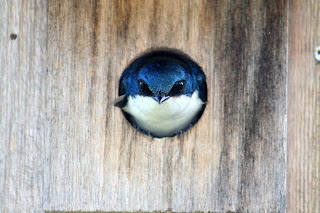One-seeded burr cucumber (Sicyos angulatus L.) in New Jersey after the first hard freeze.
Welcome to the 46th Berry Go Round...it is the month of November when most of the plants die of exposure where I live (New Jersey, USA). But not all of the plant dies of course. If some part didn't live through the winter (dormant stem, root, fertilized embryo) the species would cease to exist. Well, on that note...
| Luigi at the Agricultural Biodiversity Weblog has been pondering the origin of broom corn...and tracks down some historical, oddly-shaped grapes... |
Mike at Nature Hermit has been contemplating the existence of native cucumbers and their seeds...
The Phytophactor has been thinking about Spanish Moss as a commensalist...dashing our perceptions about Cycads...and attempting to explain a Lotus...
Roberta at Growing With Science shows us some cool Texas Mountain Laurel beans...
Jessica at Moss Plants stresses out some sperm...
Julie at Net Results provides a well-researched debunking of the buckthorn diarrhea myth...
Anybody Seen My Focus? checks out some lily beds on the Cahaba River, Alabama...and shows us some fall wildflowers and finds a blooming witchhazel in Georgia...
Happy November!




















































